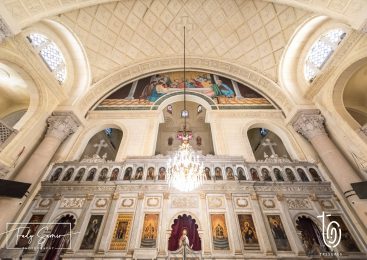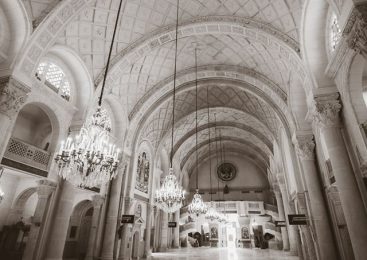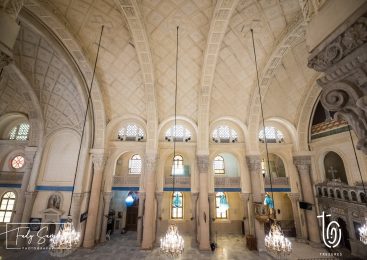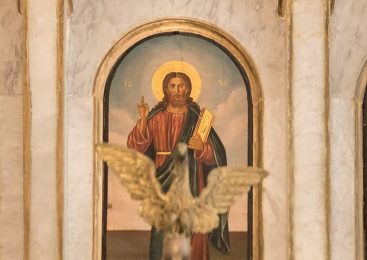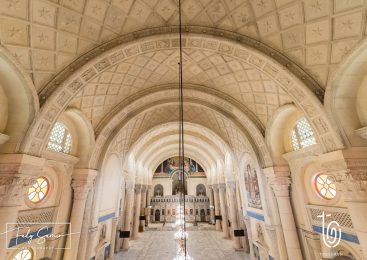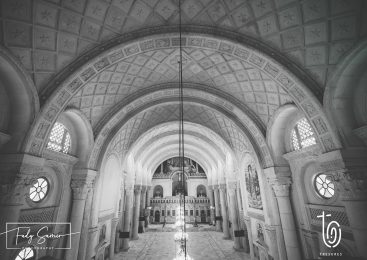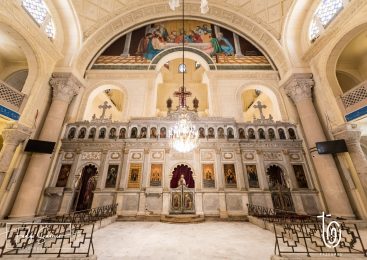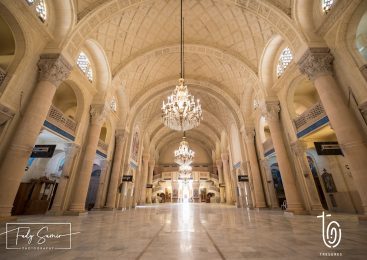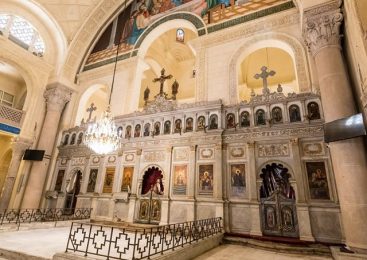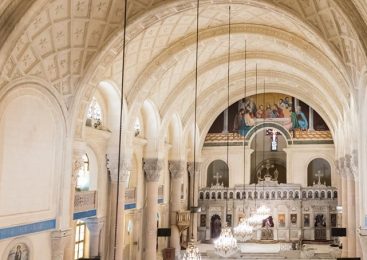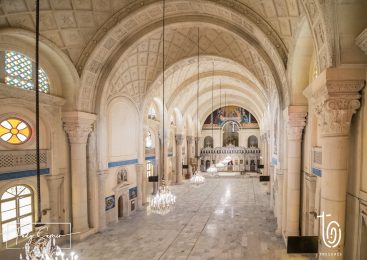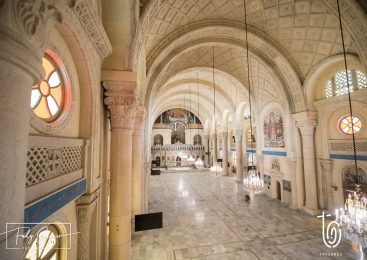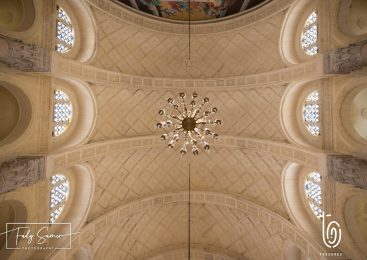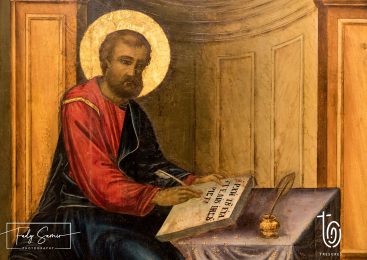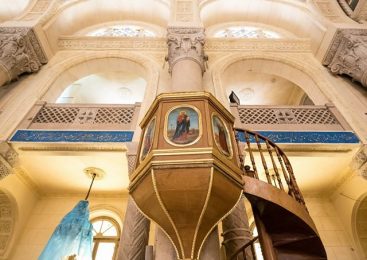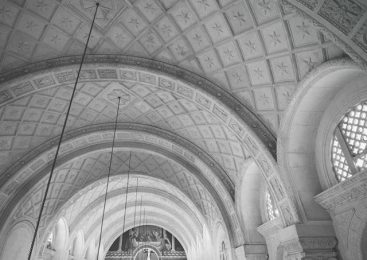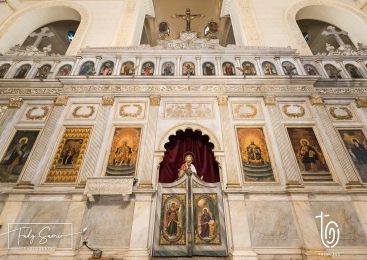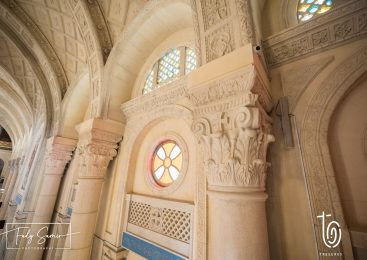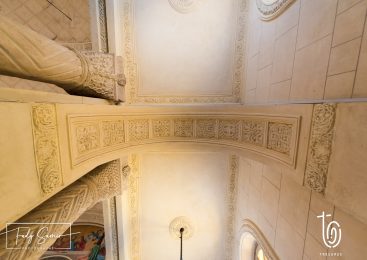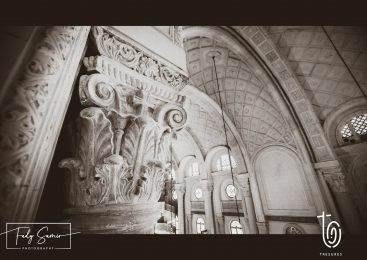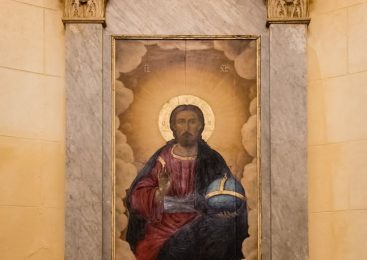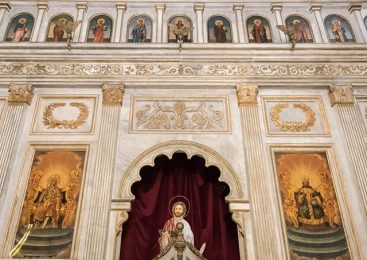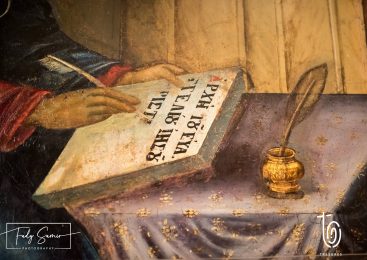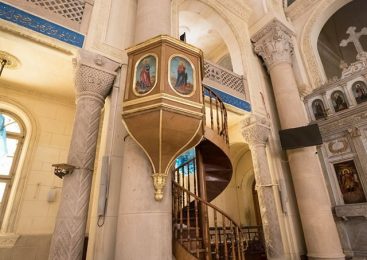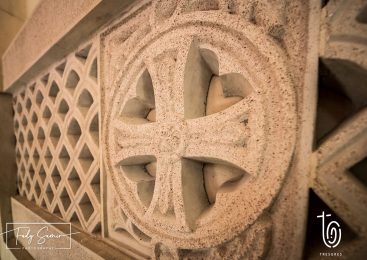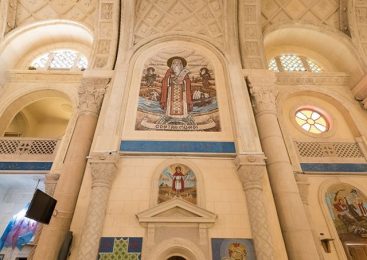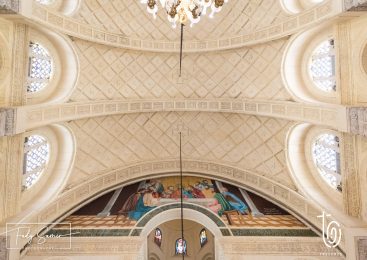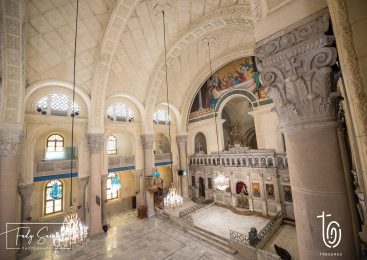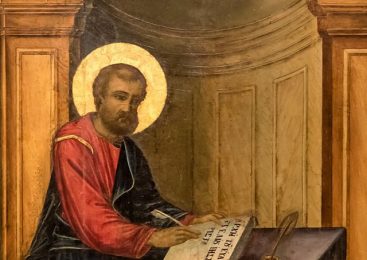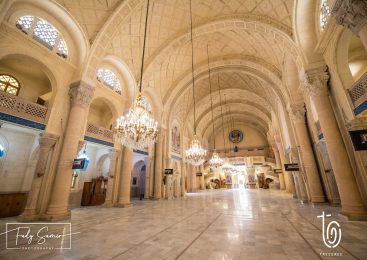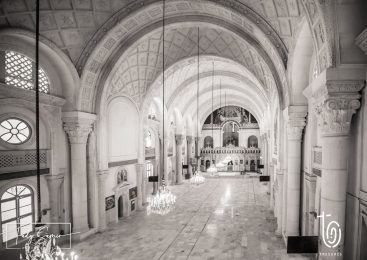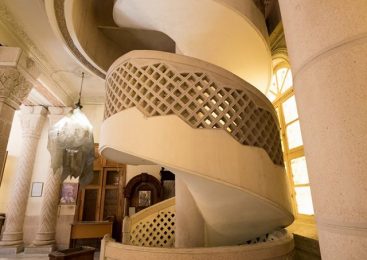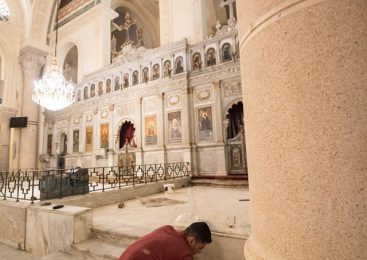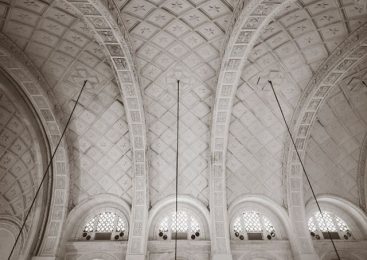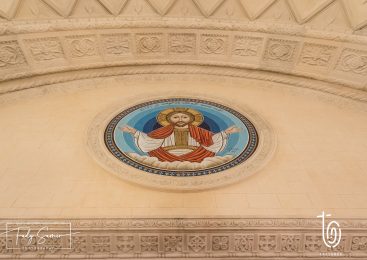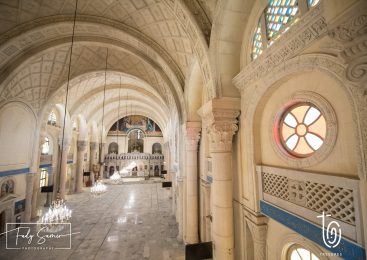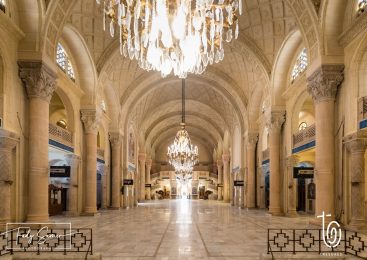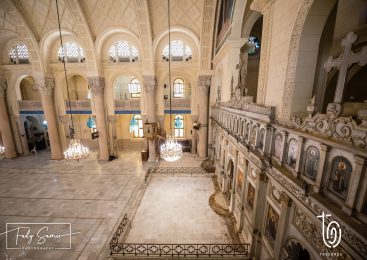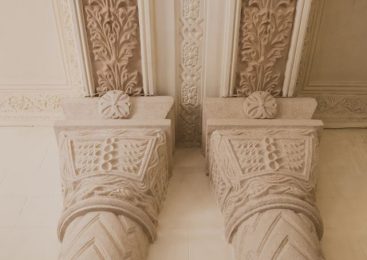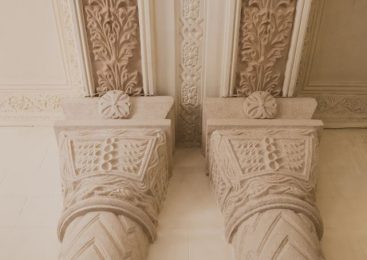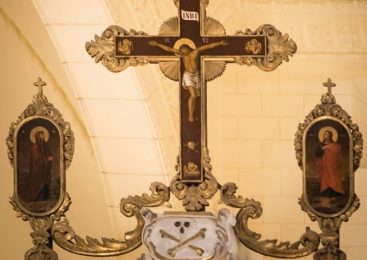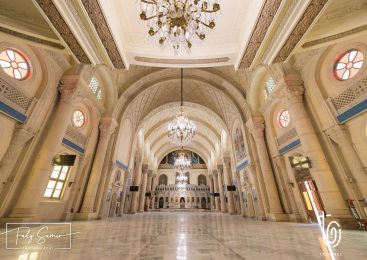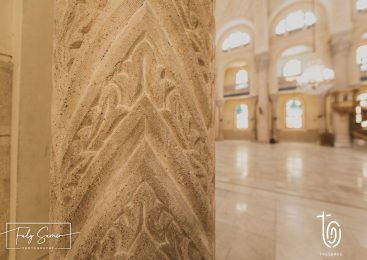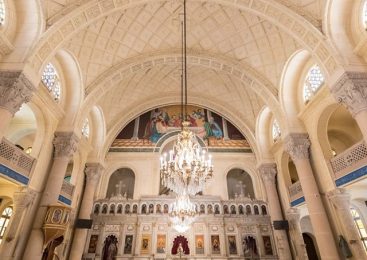Today, the Copts number about six million, and the Coptic liturgy is still celebrated in its original form. Three liturgies are used in the Coptic Church, the Liturgy of St. Cyril, the Liturgy of St. Basil and the Liturgy of St. Gregory. According to tradition, the Liturgy of St. Cyril is originally that of St. Mark. It was transmitted orally to the following generations and finally recorded by St. Cyril the Great in the Fifth Century. It is regarded as the greatest, the oldest and the most complete liturgical text in existence. As a work of religious literature, it is supreme.
The Coptic Church is experiencing this century quite a significant revival in many aspects of its life: in its ministry both at home and abroad, in education, and in ecumenism. Institutions have been erected in Egypt to present to the world facilities for research in the Science of Coptology. Youth movement and Sunday Schools have been working with great zeal to help both children and their parents to live in the world but not to be of the world. Two new bishoprics were established for these ministries, one for the youth, the other for religious and theological education. The number of the theological seminaries has increased tremendously all over Egypt and the curricula has been highly developed to reflect the advancement of research in the fields of Patristics, Religious Education, etc. and to discuss the new trends in today’s theology. St. Didymus Institute for the Blind prepares chanters who constitute an important ministry in the celebration of the Liturgy. Moreover, other Coptic Orthodox theological seminaries were established in the USA and Australia. New ministries such as the “Diaconia” project have been introduced to cater to the needs of people in rural areas.

The Coptic Church’s missionaries were sent in the past few decades to many African countries and a bishop was ordained to look after this ministry. Other churches are established in Kuwait, Libya, Lebanon, Europe, England, North and South America, the Caribbean Islands, Thailand, Japan and Australia. At home new churches have been built and new monasteries and convents have been established. The number of monks and nuns has been on the increase in the past fifty years. The Church has come out of isolation to meet with other churches, both Catholic and Protestant in Ecumenical Councils. Dialogues between the Coptic Church and other Churches have been initiated and carried out by the Coptic Patriarch himself in brotherly love to work towards the achievement of the oneness of faith.

